
Abies balsamea Nana Sapin baumier nain, un conifère en forme de coussin
Abies balsamea Common name: Balsam Fir Pronunciation: A-bez bal-SA-me-a Family: Pinaceae Genus: Abies Type: Conifer Native to (or naturalized in) Oregon: No Conifer, evergreen, stiff, slender, conical at apex, 50-80 ft (15-25 m) high.
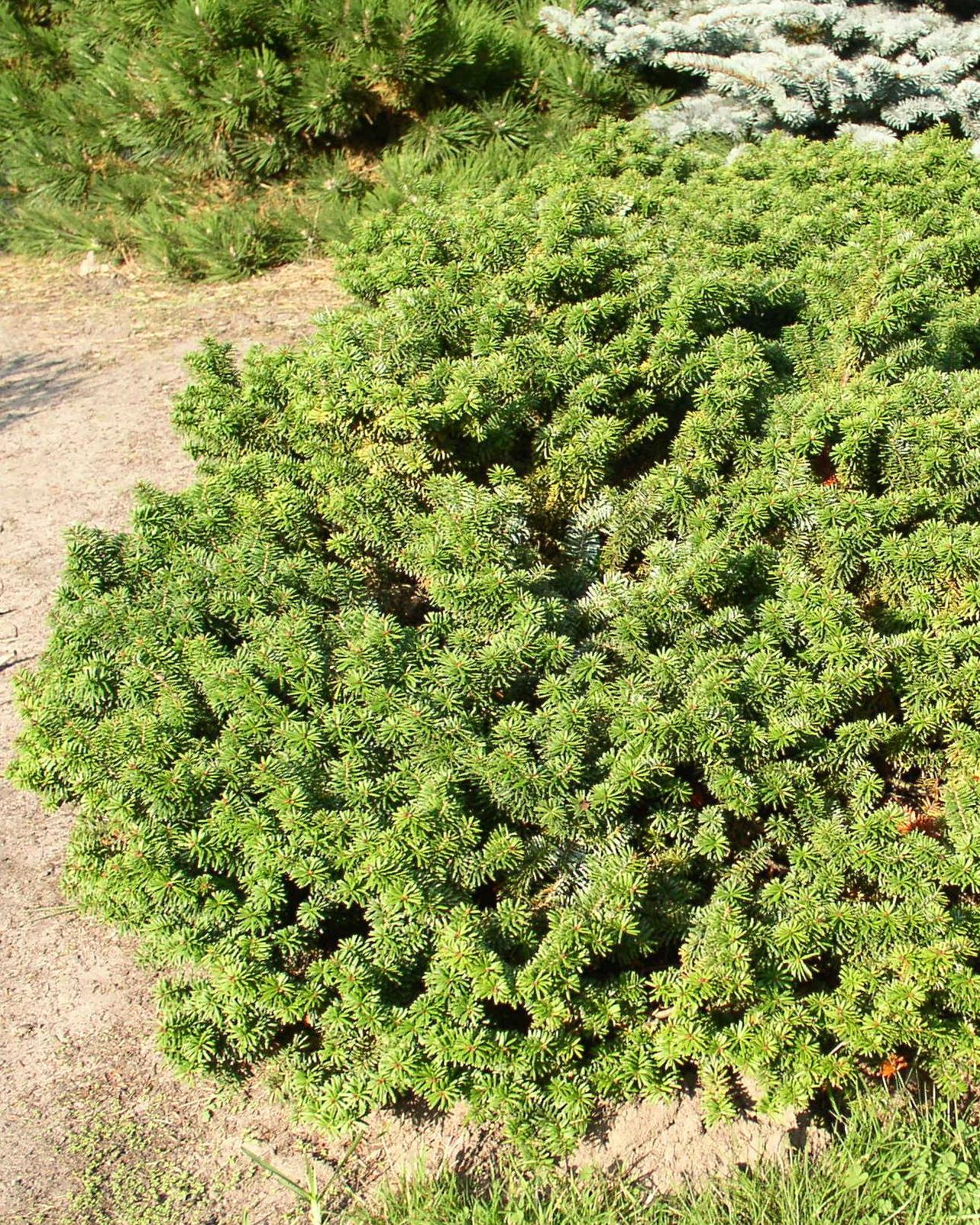
Abies balsamea nana Plants Direct Victoria, BC
Abies balsamea, commonly known as the Balsam Fir, is a North American fir belonging to the pine family (Pinaceae). This evergreen tree is prized for its fragrant needles and is used as a Christmas tree. It thrives in cooler climates and contributes to the beauty of landscapes with its soft, aromatic foliage.

Photo of the entire plant of Dwarf Silver Fir (Abies balsamea 'Nana
Abies balsamea, commonly called balsam fir, is native to moist woods and bottomlands from Labrador to Alberta south to northern Minnesota, Wisconsin, New England, New York and further south in the Appalachians to Virginia. It is a primary component of the boreal forest that stretches across Canada.
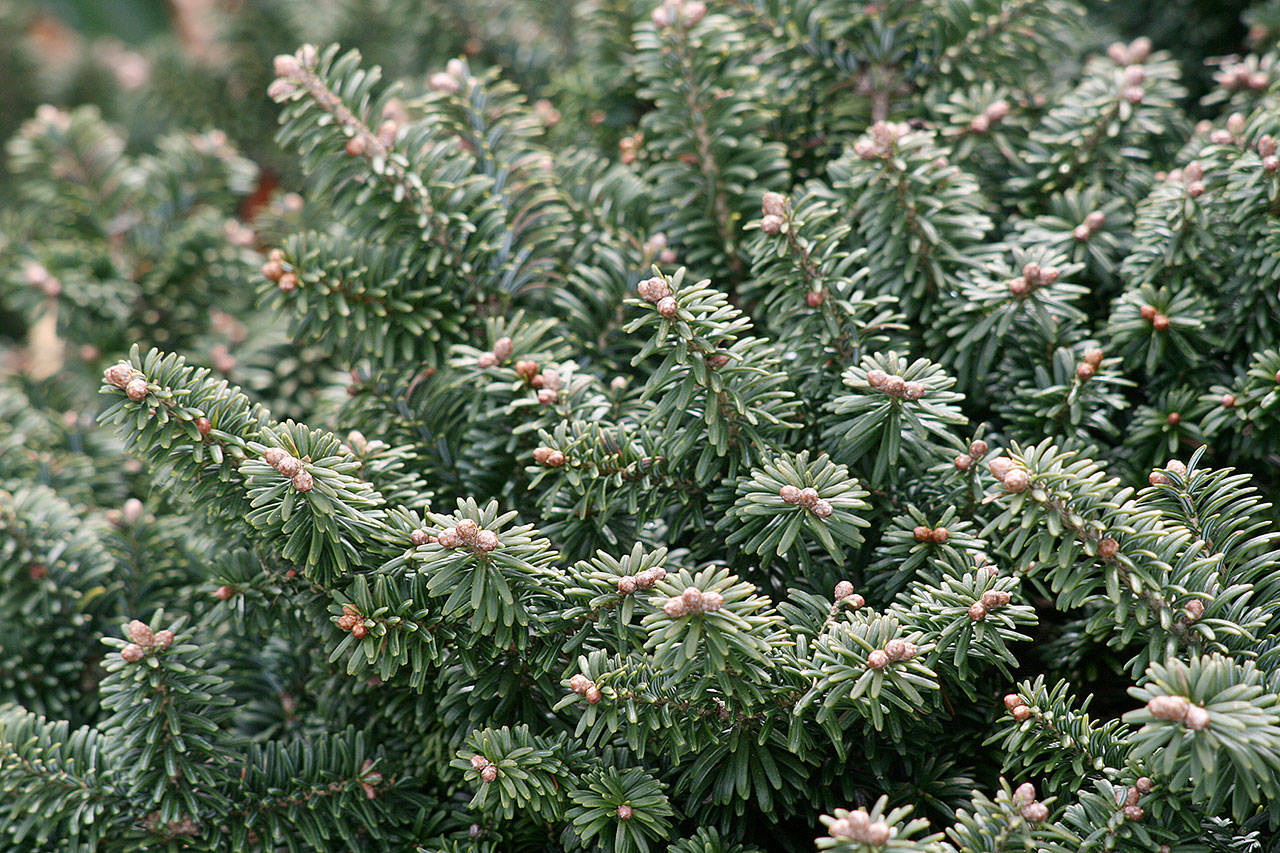
Great Plant Pick Abies balsamea ‘Nana,’ dwarf balsam fir
3 - 6. Dwarf Balsam Fir (Abies balsamea 'Nana'): The dwarf balsam fir is an evergreen conifer with dense dark green needles. Used as a specimen plant for rock gardens, it displays bright lime-green new growth each spring. The slow growth rate makes it an ideal low-maintenance plant. It grows in full sun to partial shade in a slightly acidic.

Abies balsamea 'Nana', Balsamtanne Gartenpflanzen Daepp
Abies balsamea forest in the White Mountains, New Hampshire, USA. May 2007. Image Jeff Bisbee. Tree to 25 m × 1 m dbh, or in some cases irregularly shrubby and decumbent. Crown conical-columnar. Bark in young trees pale grey, smooth, with prominent resin blisters; dark grey-brown or black-brown in old trees, flaking.

Abies balsamea ' Nana ' Dwarf Balsam Fir Kigi Nursery
Zones 4-8. Plant Size. #1 Container (grafted on firma), #7, 18-24". Your auto-detected zip code. hardiness zone based on zip code. You can also try another zip code. Submit. Abies balsamea 'Nana' Balsam Fir for Sale at Best Price. Free Shipping on order over $150.

Abies balsamea ' Nana ' Dwarf Balsam Fir Kigi Nursery
Highly popular, Abies balsamea 'Nana' is a dwarf, aromatic, evergreen conifer of globose habit, forming a broad mound with numerous short branches, adorned with a lush foliage of dark green needles radially arranged around the stems. Slow-growing, 2-3 in. per year (5-7 cm), this Balsam Fir is a great choice for small gardens or rockeries.
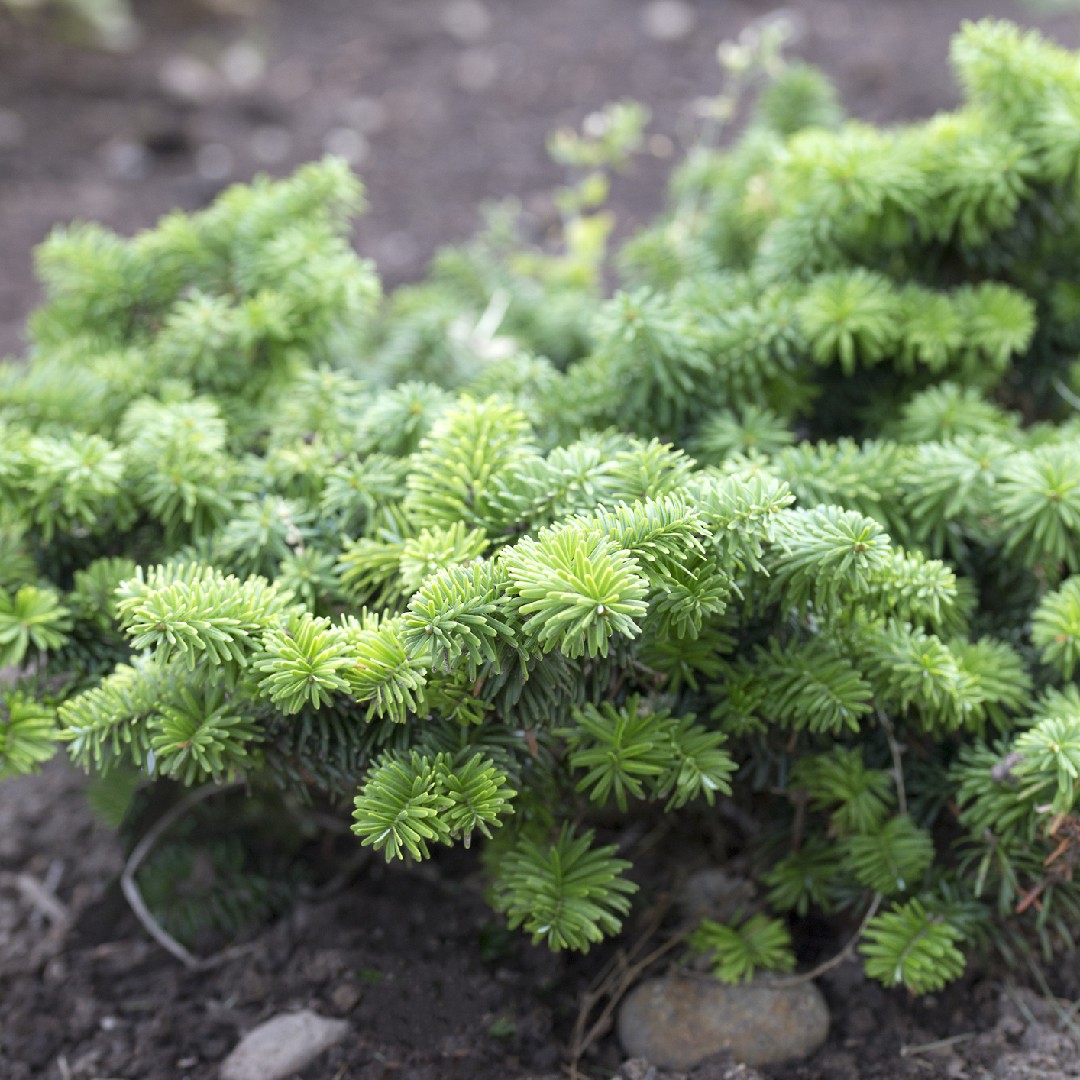
Balsam fir 'Nana' (Abies balsamea 'Nana') Flower, Leaf, Care, Uses
Description With its dense and bright glossy green foliage Dwarf Balsam Fir does well in a moist garden. It would prefer the cooler regions of the Pacific Northwest. Morphology: This is a dwarf conifer that eventually grows to 3' in both height and width' forming a globose shape. It often forms a flattened top which adds interest.

The Complete Guide for Dwarf Balsam Fir (Abies Balsamea ‘Nana’) Care
Balsam fir 'Nana' (Abies balsamea 'Nana') Care Guide. A group of evergreen trees, balsam fir 'Nana' are tall conifers that can grow as high as 76 m. They are easily recognized by the unusual way their slender, needle-sized leaves attach to each stem via a basal structure that looks like a small suction cup. The cones of balsam fir 'Nana' are different than pine cones, as they stand erect.
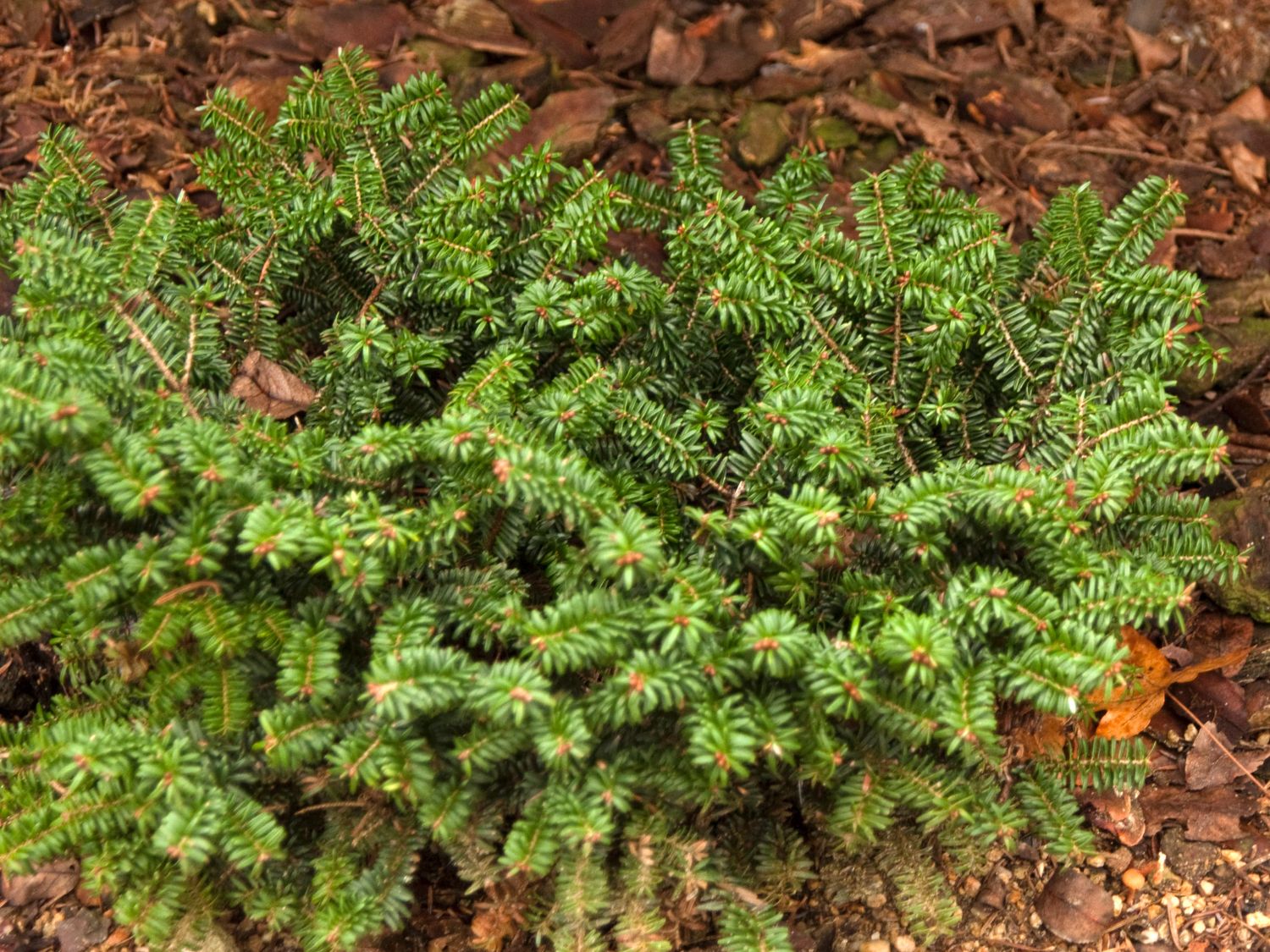
ZwergBalsamtanne 'Nana' Abies balsamea 'Nana' Baumschule Horstmann
Buy this plant Plant nurseries 3 suppliers Size Ultimate height 0.5-1 metres Time to ultimate height 10-20 years Ultimate spread 1-1.5 metres Growing conditions Chalk Sand Clay Moisture Moist but well-drained pH Acid, Neutral Colour & scent Fragrance: Foliage Position Full sun
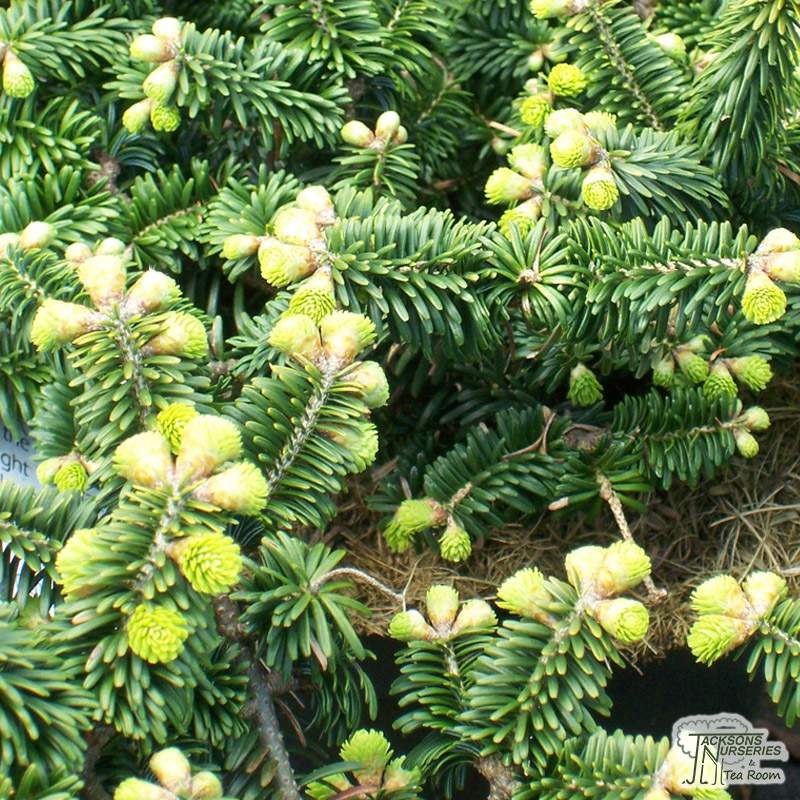
Buy Abies balsamea Nana (Dwarf Balsam Fir) in the UK
Abies balsamea 'Nana' Common name: Dwarf Balsam Fir Pronunciation: A-bez bal-SA-me-a Family: Pinaceae Genus: Abies Type: Conifer Native to (or naturalized in) Oregon: No Conifer, evergreen shrub, very dwarf, globose form, top may flatten some with age, dense habit, branches outspread; needles 4-10 mm long, dark green, white stomatal lines below.

Abies balsamea 'Nana', Niedere Balsamtanne 'Nana'
Abies balsameaphanerolepis (bracted balsam fir or Canaan fir) - bracts subtending seed scales longer, visible on the closed cone. The southeast of the species' range, from southernmost . The name derives from one of its native localities, the Canaan Valley in West Virginia.
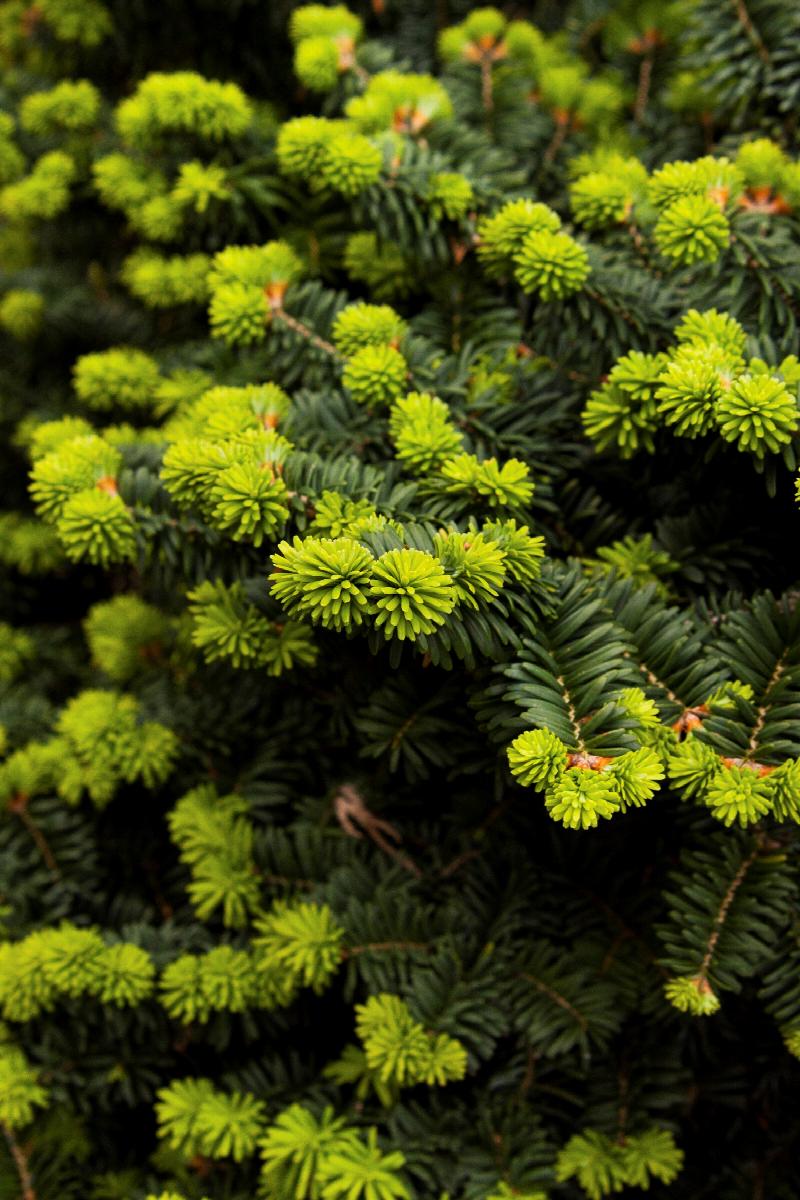
Dwarf Balsam Fir, Abies balsamea 'Nana', Monrovia Plant
Details & Care Guide. FeaturesAttractive, dark green, evergreen foliage provides interest and a pleasant balsam scent year 'round. An easy-to-maintain tree with a nice rounded form with no pruning needed. Display improves with each passing year.UsesA great choice for foundation plantings or hedges. Excellent for planting along fences and walls.
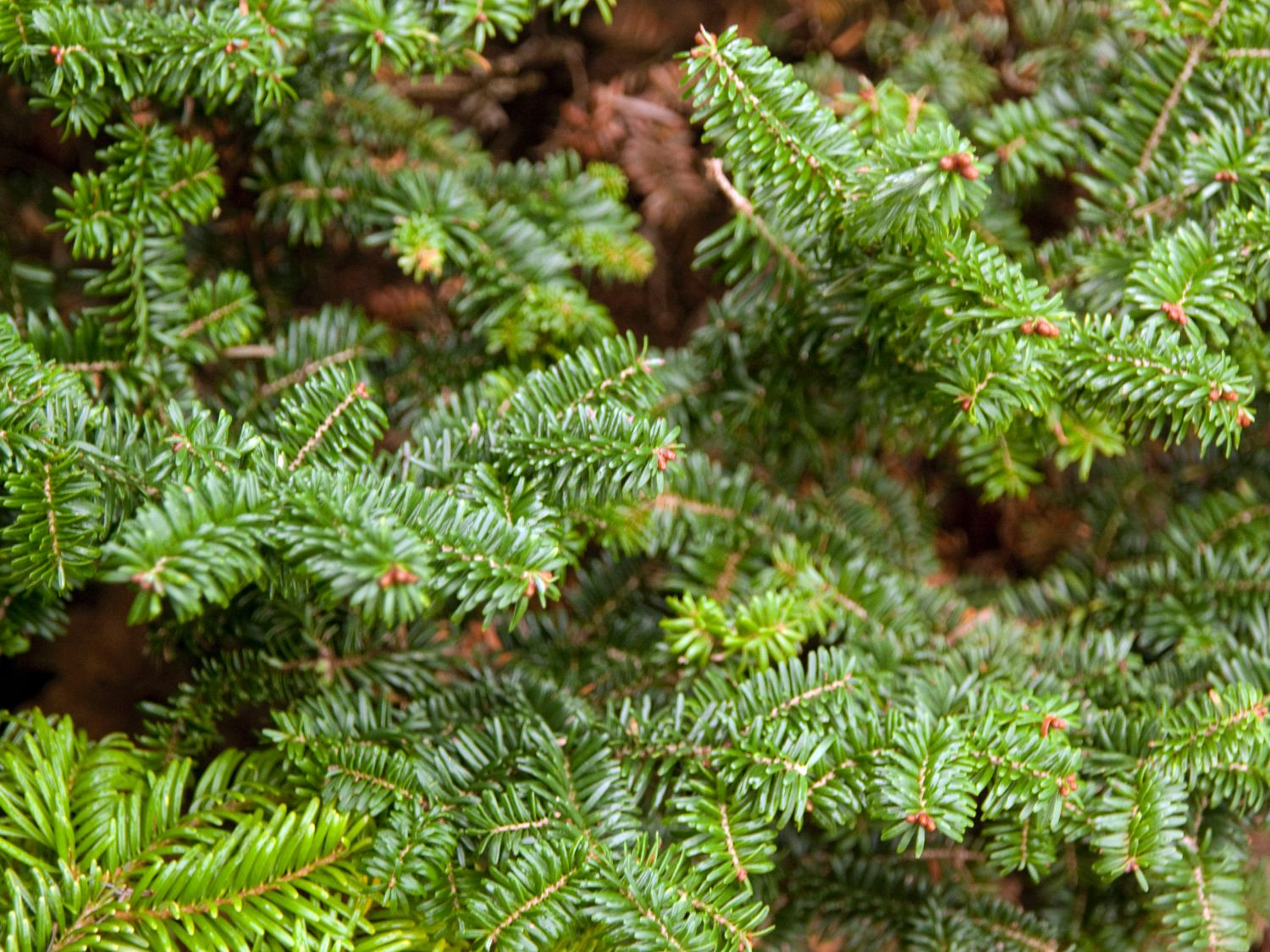
ZwergBalsamtanne 'Nana' Abies balsamea 'Nana' Baumschule Horstmann
Abies balsamea 'Nana' is a slow growing, moderate growing evergreen conifer shrub with green foliage. It can grow 2 FT - 3 FT - wide, 2 FT - 3 FT - tall. Deer and rabbit resistant. To grow well, it prefers sun - dappled shade and even moisture - occasional water. Adaptable to various soil conditions. Grows best in well-drained, rich, acidic, average and clay soil.
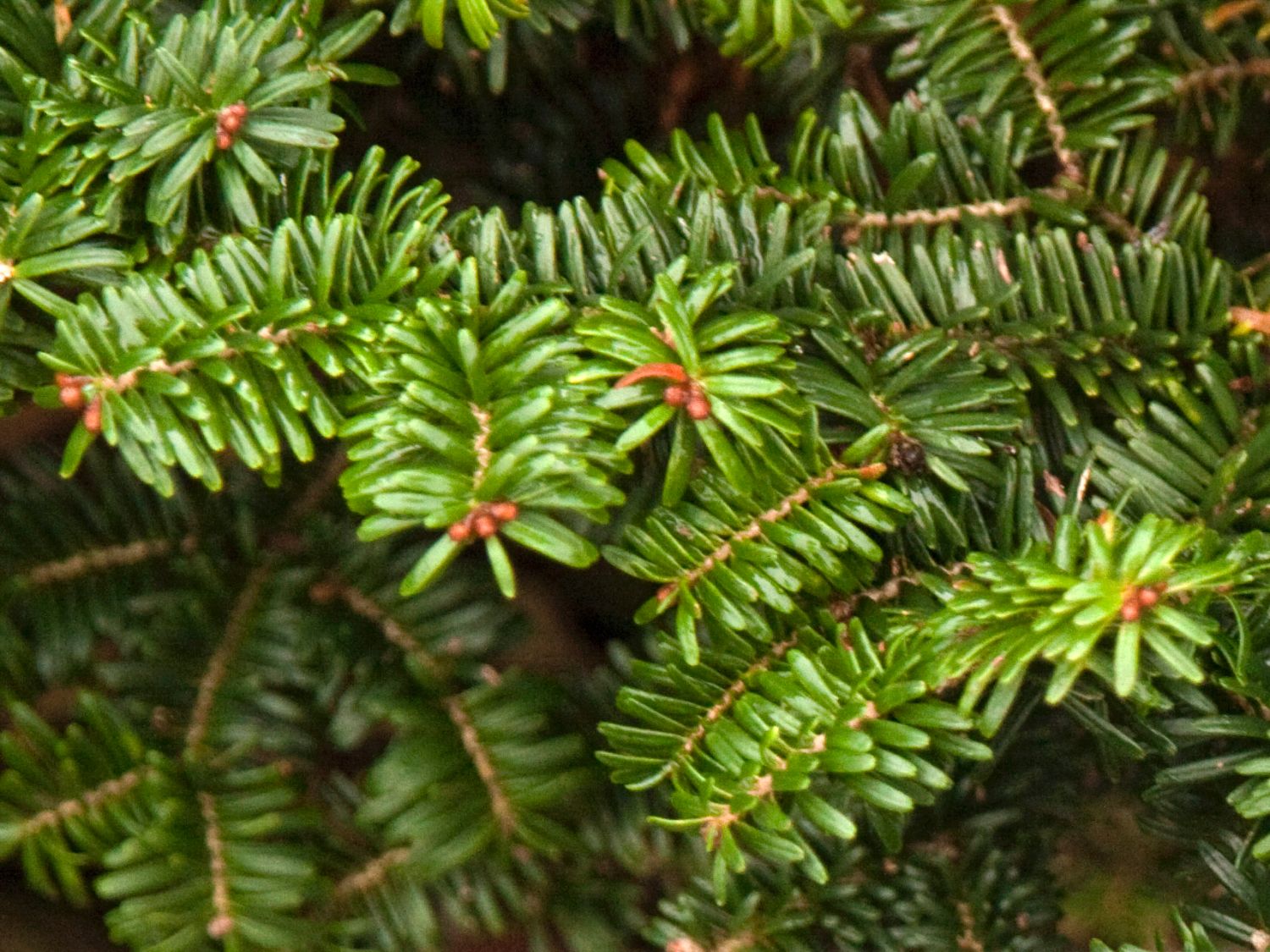
ZwergBalsamtanne 'Nana' Abies balsamea 'Nana' Baumschule Horstmann
Abies balsamea Common Name (s): Balm of Gilead Balsam Fir Previously known as: Pinus balsamea Phonetic Spelling AY-bees bal-sam-AY-ah Description Balsam Fir has the widest range of any Abies in North America, from Labrador to Alberta (the only fir native to eastern Canada) and south to Pennsylvania.
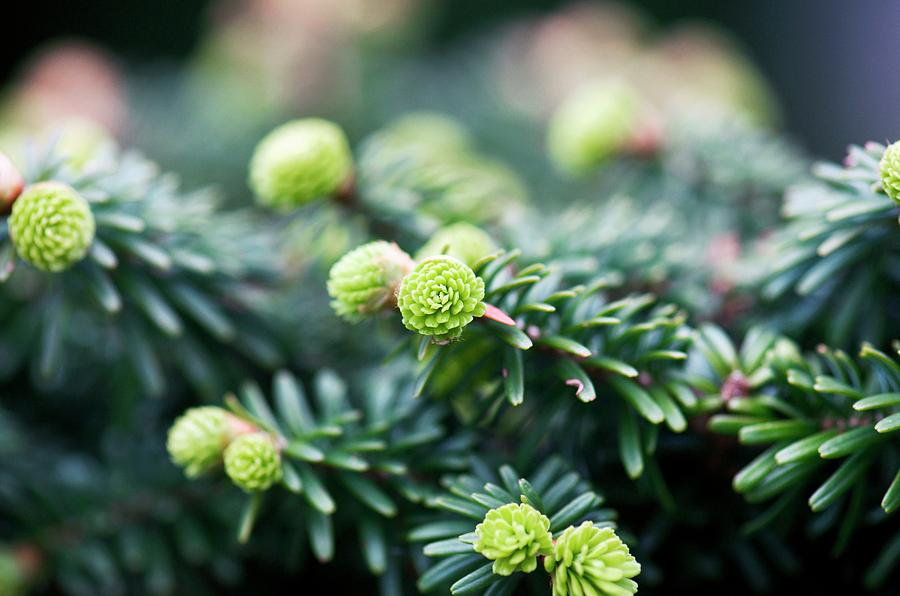
Abies Balsamea 'nana' Photograph by Sam K Tran/science Photo Library
Abies balsamea (Balsam Fir) is native to the cool, moist woodlands and bottomlands of midwestern and eastern regions of the United States and Canada. It does not thrive in the hot, humid regions of the southern states, or the hot summer climates of the southwest. This Plant's Growing Zones: 3-6 Your USDA Cold Hardiness Zone: